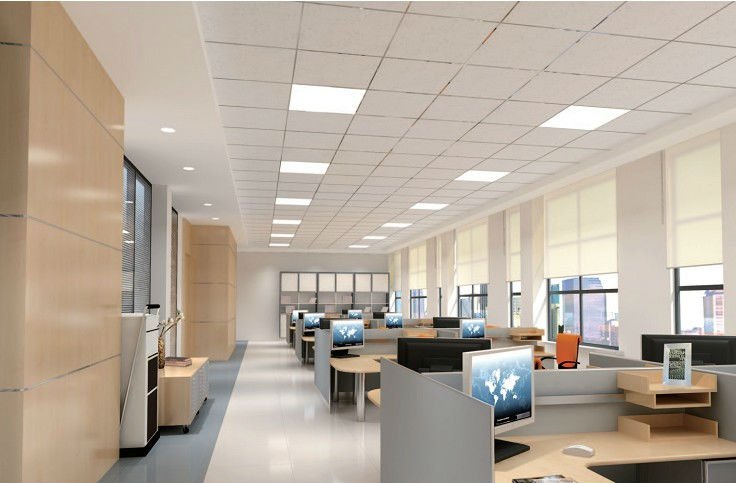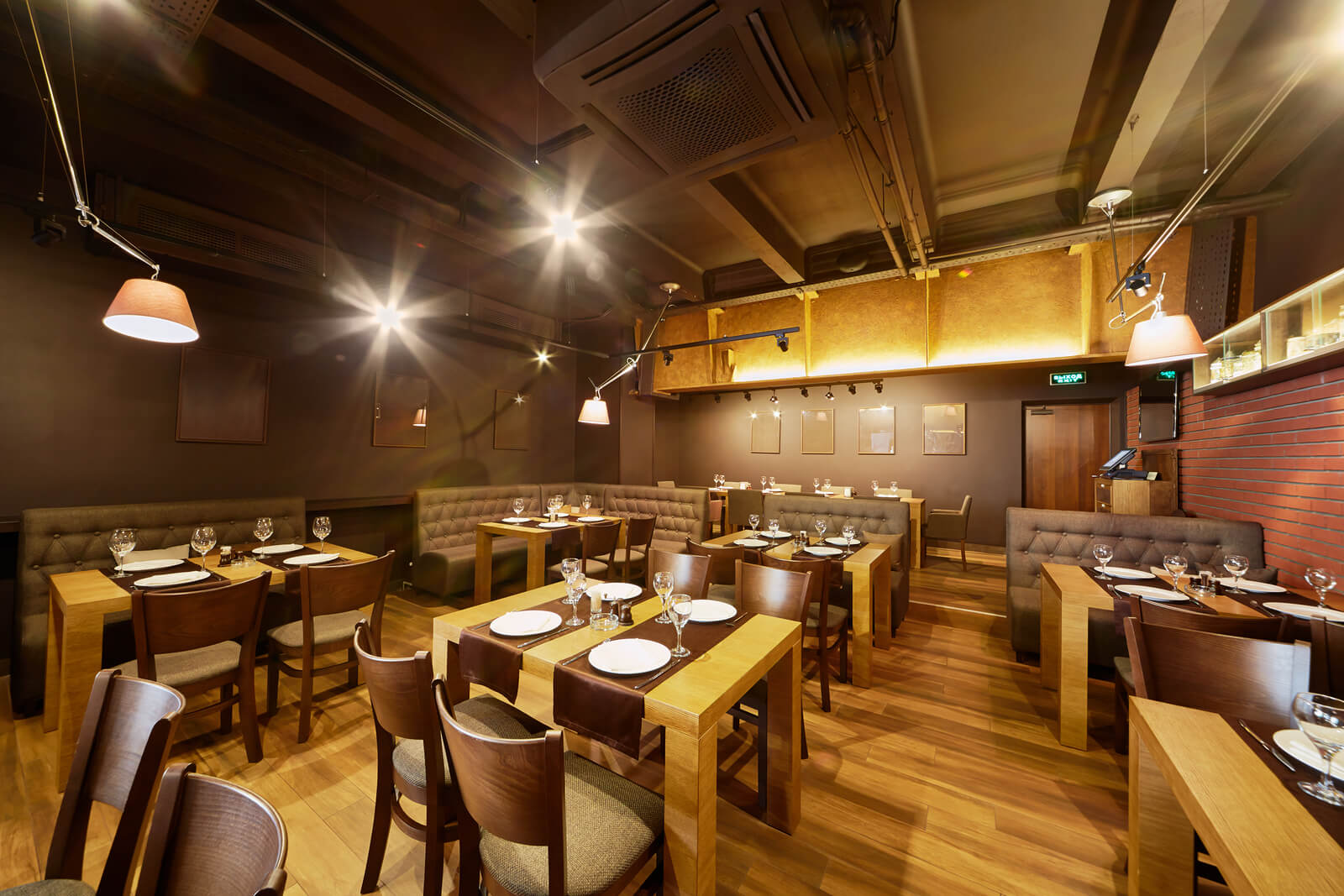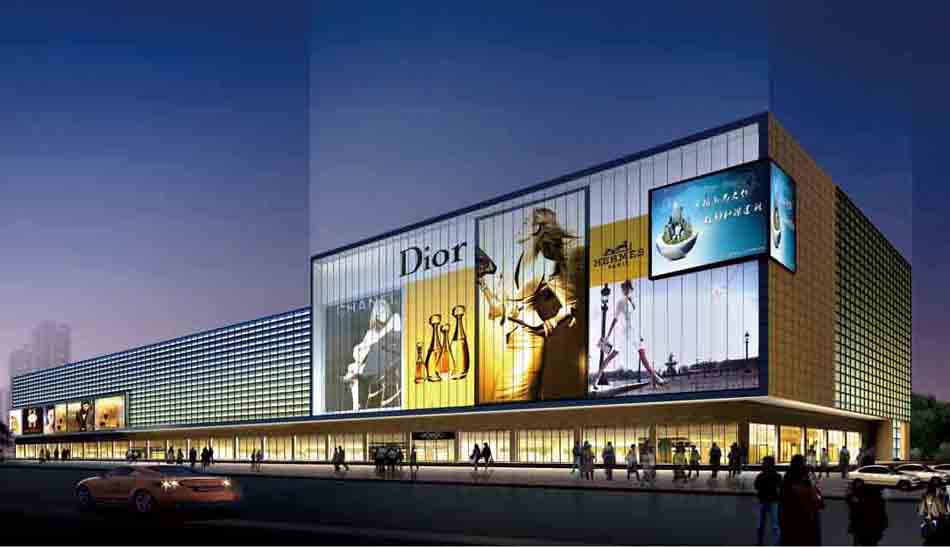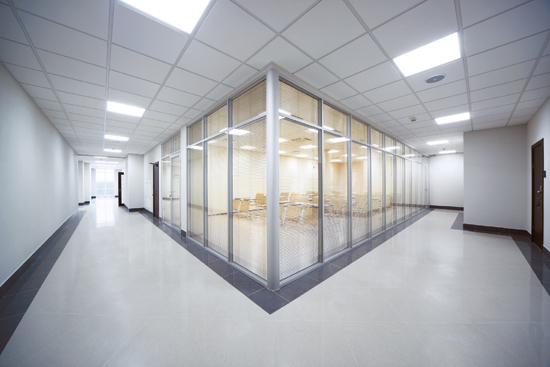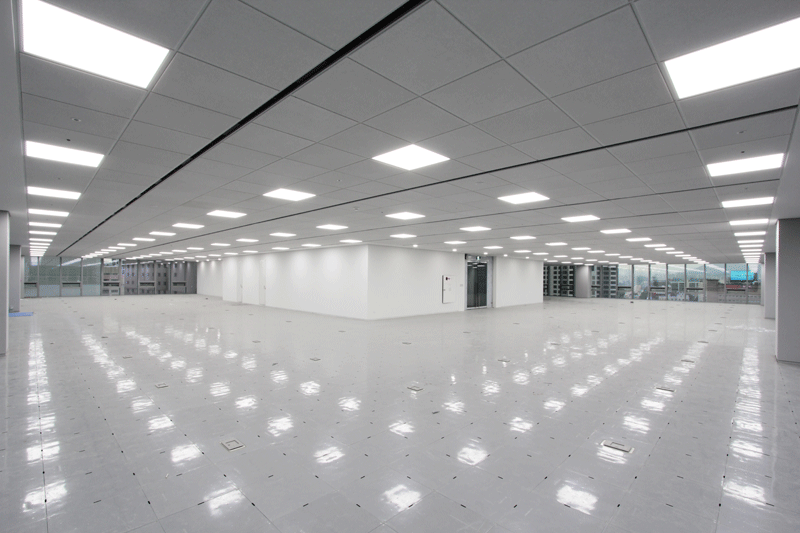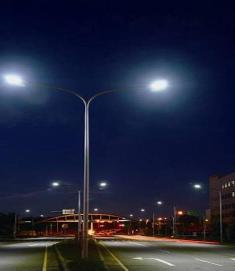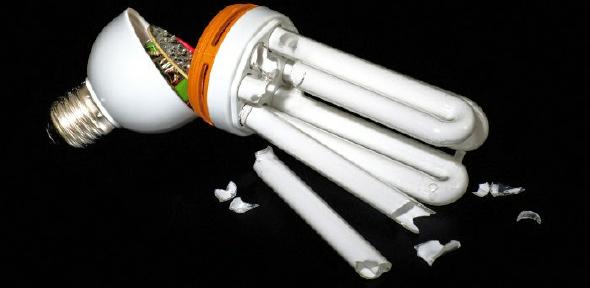According to National Grid, an international electricity and gas company, typical grocery stores in the northeastern portion of the United States spend $460,000 annually on energy, 78% of which is spent on lighting and refrigeration. Energy costs are probably similar in the rest of the U.S and around the world. These high costs typically equal the grocery store’s profit margin. One way that many grocery chains can save energy and increase profits is by switching to LED lighting!
One popular place to replace lighting in grocery stores is in freezer cases. In Eugene, Oregon, Albertson’s Grocery installed LEDs with occupancy sensors in their freezer cases. They were impressed with the increased color uniformity on products in the cases. Albertson’s Grocery will save 2,659 kWh annually per five-door case, and combined with maintenance savings, will see a return on investment in 5.4 years. The sensors will also reduce electricity consumption by an additional 12%, making the new LED lighting 73% more efficient than previous lighting!
In Puerto Rico, the SuperMax supermarket chain will be saving over $170,000 annually by switching to LED lighting. They are replacing over 1,000 lighting fixtures in their stores, including ceiling lights, lighting in prep areas, and cooler, freezer, and display cases. The new LEDs are said to have a 50,000-hour lifespan and will save SuperMax more than $1 million over their lifetime! Most conventional lighting used in grocery stores only lasts 12-18 months before needing to be replaced, and also need to be cleaned periodically.
Another benefit of LED lighting in freezer cases is that LED lighting doesn’t give off heat, so the lighting does not have to compete with the refrigeration system to keep freezers cold, therefore conserving even more energy. Also, it takes less LED fixtures than incandescent or fluorescent fixtures to illuminate a grocery store because of their bright, uniform light. The lighting also enhances displays and makes for a better customer and employee experience while saving energy. Even installing LED exit signs can save $60 per fixture each year! We hope more grocery stores make the switch to LED lighting.




